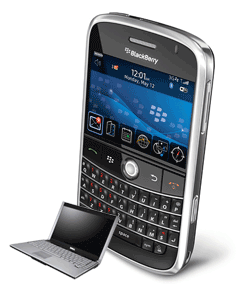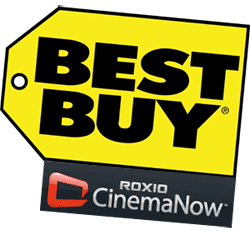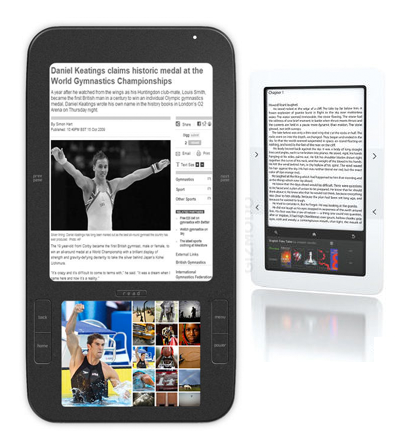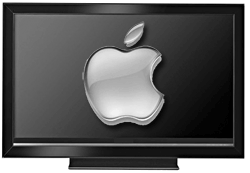 Verizon Wireless has been bashing AT&T and its products lately, in both its “There’s a map for that” ads snarking about AT&Ts 3G coverage and the “Droid does” campaign that says the iPhone is a bag of limitations. Now AT&T is bashing back–in court.
Verizon Wireless has been bashing AT&T and its products lately, in both its “There’s a map for that” ads snarking about AT&Ts 3G coverage and the “Droid does” campaign that says the iPhone is a bag of limitations. Now AT&T is bashing back–in court.
As Engadget is reporting, the company is saying that “There’s a map for that” misleads consumers with coverage maps that show what seems to be great swaths of the U.S. with no AT&T coverage, when in fact most of those areas have 2G coverage, but no 3G.
It’s not an irrational point, although I’m not sure if Verizon’s spot is any more deceptive than all those AT&T ads that say the company has the nation’s fastest 3G network. It does, but that 3G network is nowhere near as widely deployed as Verizon’s, so slow connectivity is far more of an issue for AT&T customers than for Verizon ones. (I wonder if Verizon’s ever flirted with suing over those spots?)
As Engadget notes, there’s an easy fix here: If Verizon tweaks its maps to show AT&T’s zones of 2G-only coverage, its ad will be just as compelling as the current version–and it’ll be tough for AT&T to claim that there’s anything inaccurate or confusing about the claim. Here’s hoping that this happens quickly, and that everyone involved goes back to spending money on improving their networks rather than legal wrangling.

 VoIP company
VoIP company 
 Virtual file server company
Virtual file server company  What happens to Best Buy when all of the content we rent and buy comes to us via the Internet rather than on
What happens to Best Buy when all of the content we rent and buy comes to us via the Internet rather than on 
 Over at All Things Digital, Peter Kafka is reporting that he’s hearing that Apple wants to offer a
Over at All Things Digital, Peter Kafka is reporting that he’s hearing that Apple wants to offer a